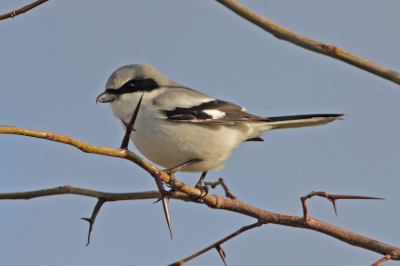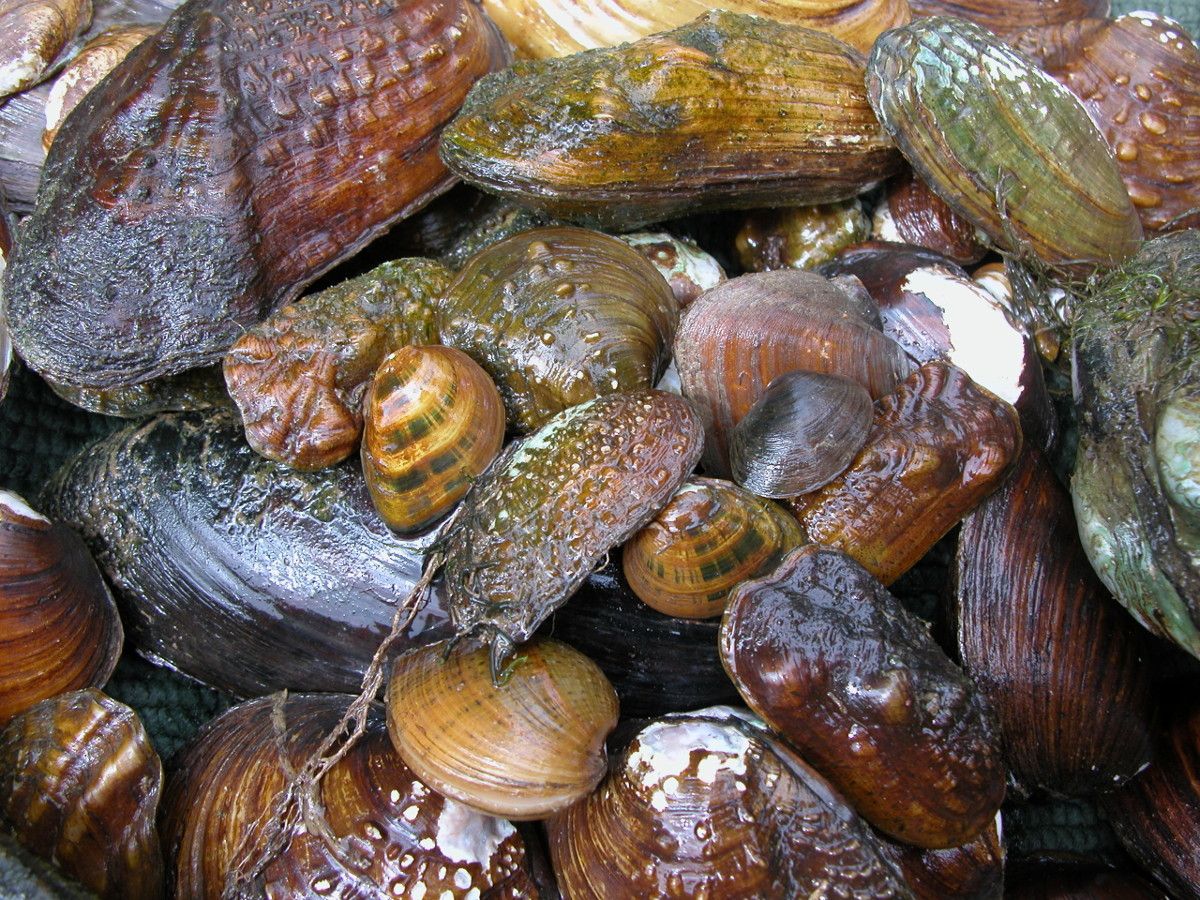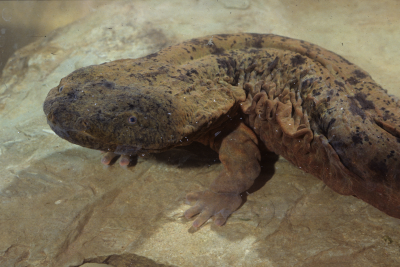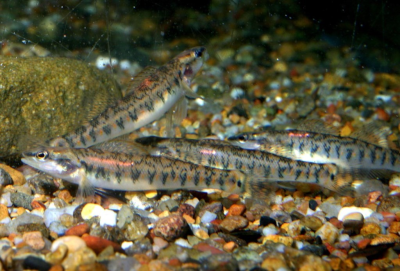
Loggerhead Shrike
Despite plentiful open habitat, loggerhead shrikes have declined throughout much of their range.
Technically a songbird, the loggerhead shrike shares a few raptor-like qualities, including hunting vertebrate prey. Loggerhead shrikes impale prey on barbed wire or thorns in order to consume their quarry, coining the nickname ‘butcherbird’ or ‘thorn bird’. Our biologists are part of an international effort to study this unique species through color-banding, feather collection, and population monitoring.
Learn More





